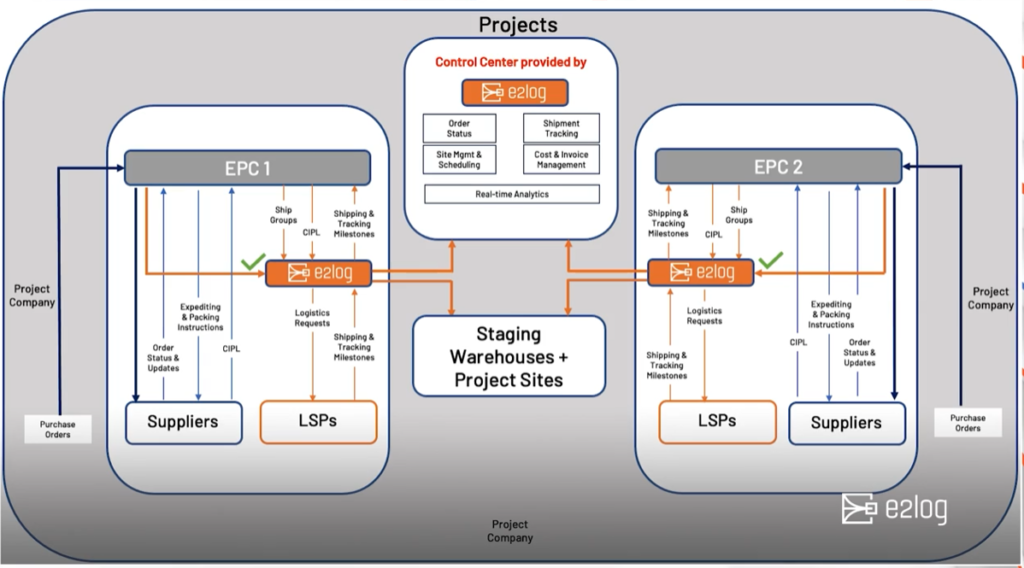Buying an Outcome: Advice for Selecting Logistics Software for Projects
Blog Post

This content was originally published in Breakbulk Magazine

During my more than 25 years in logistics, our leadership only knew we existed when an internal or external customer complained that a piece of equipment wasn’t received, and it was impacting a project or operations.
Nobody cared whether we had the necessary resources to execute our day-to-day tasks. Millions of dollars would be spent on enterprise resource planning systems that were focused on planning, procurement and so on, but there was never anything left in the budget for logistics. We had emails, spreadsheets and phones; what more could we need?
The pandemic triggered unprecedented disruptions to global trade. With bottom lines impacted, logistics became the hotly discussed topic in boardrooms, with a realization that international logistics is the tail that wags the global supply chain dog.
C-suites have realized they’ve underinvested in logistics software and are now looking to their logistics leaders for help. It’s a great time to step out of the shadows and make a strategic and positive impact on your company’s broader business, by selecting and deploying the right software.
>> Learn how you can streamline your project logistics with e2log. Request a demo.
FACTORS TO CONSIDER
When you’re buying a piece of software, you’re actually buying an outcome. It’s therefore imperative to consider certain key factors, Ask some key questions, namely:
- Will the software handle the complexities of industrial projects? Every shipment is unique. Software that works for retail, pharmaceuticals and other industries, won’t work for projects. There’s a lot of glitzy marketing material and buzzwords being used nowadays – so dig deep and ask tough questions to ascertain whether the software has been built to handle the challenges of your projects.
- Will it help you orchestrate your international logistics end-to-end? Industrial projects involve the shipping of widgets through to super-over-dimensional cargo loads, from anywhere to anywhere in the world, via any mode of transport with multiple logistics providers involved in a single shipment. Ask for a demo to see first-hand if the software can handle such complexity.
- Will it support the varying degrees of tech capabilities of your logistics providers across the globe? Project logistics is not only handled and executed by global freight forwarders, but also a myriad of smaller logistics providers that have little to no tech capabilities beyond a smartphone and desktop. Ensure that the software can be deployed with low-tech logistics providers too.
- Will you get the data you need to better orchestrate your projects? The volume of data generated through project execution is monumental. It comes from different sources, in different forms, at different times. It’s pivotal that the software you choose has real-time dashboards that are configurable to your specific business needs, covering all aspects such as costs, performance, invoicing, carbon footprint, and more.
- Will your team find it simple to use and will it be easy to deploy? Software must make the life of your logistics team easier. It must be simple to use, delivering a great user experience, else they will reject it. The best technologies now deliver a B2C experience. If it’s going to take more than a few months to deploy, you must ask why.
Software is not a silver bullet. It cannot be thrown on top of bad processes to magically make all problems go away. There is a change management process which your organization will have to go through. You have a golden opportunity to transform logistics at your company.
Curious about software for project logistics?
We’d love to show you e2log.

